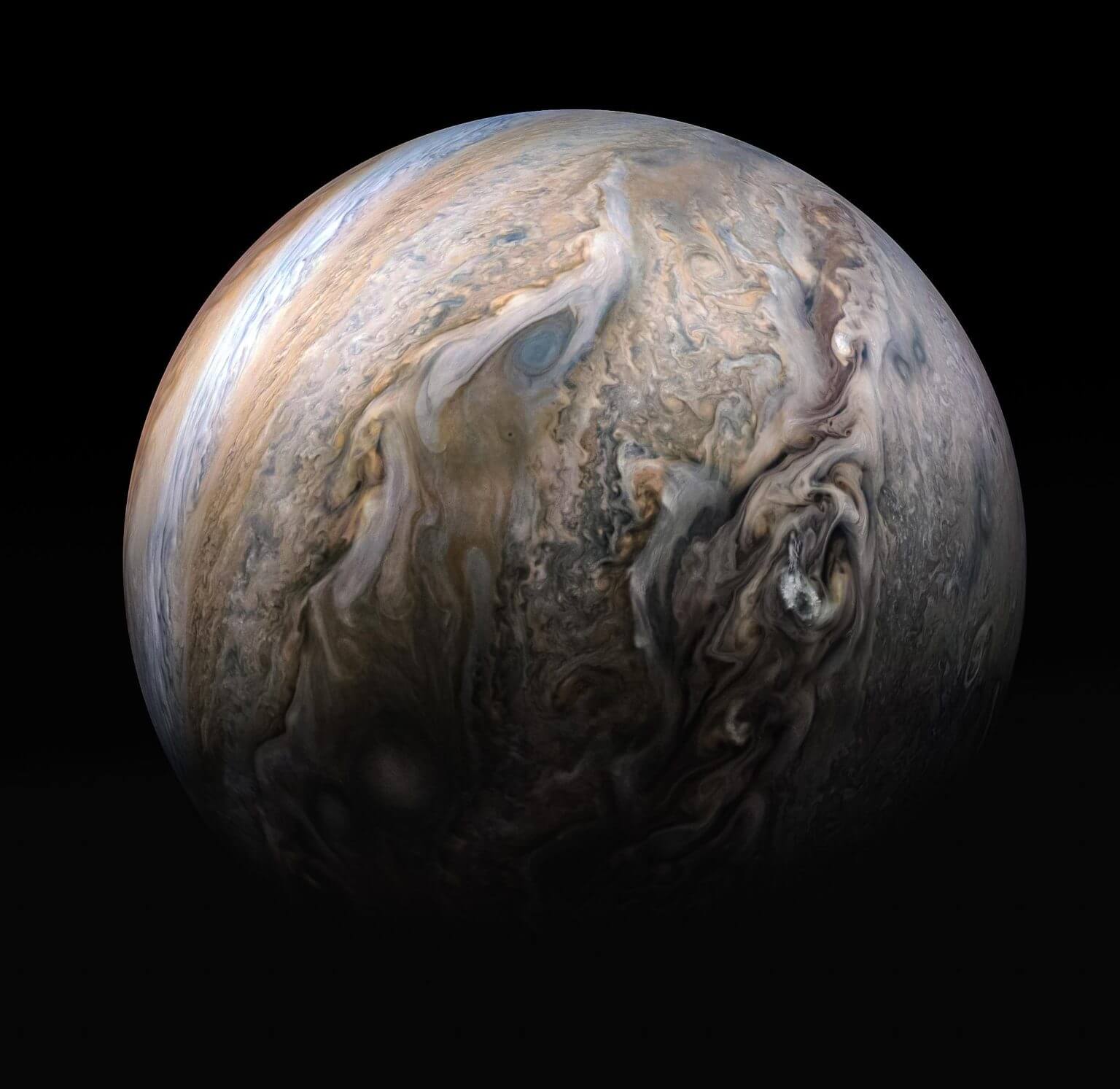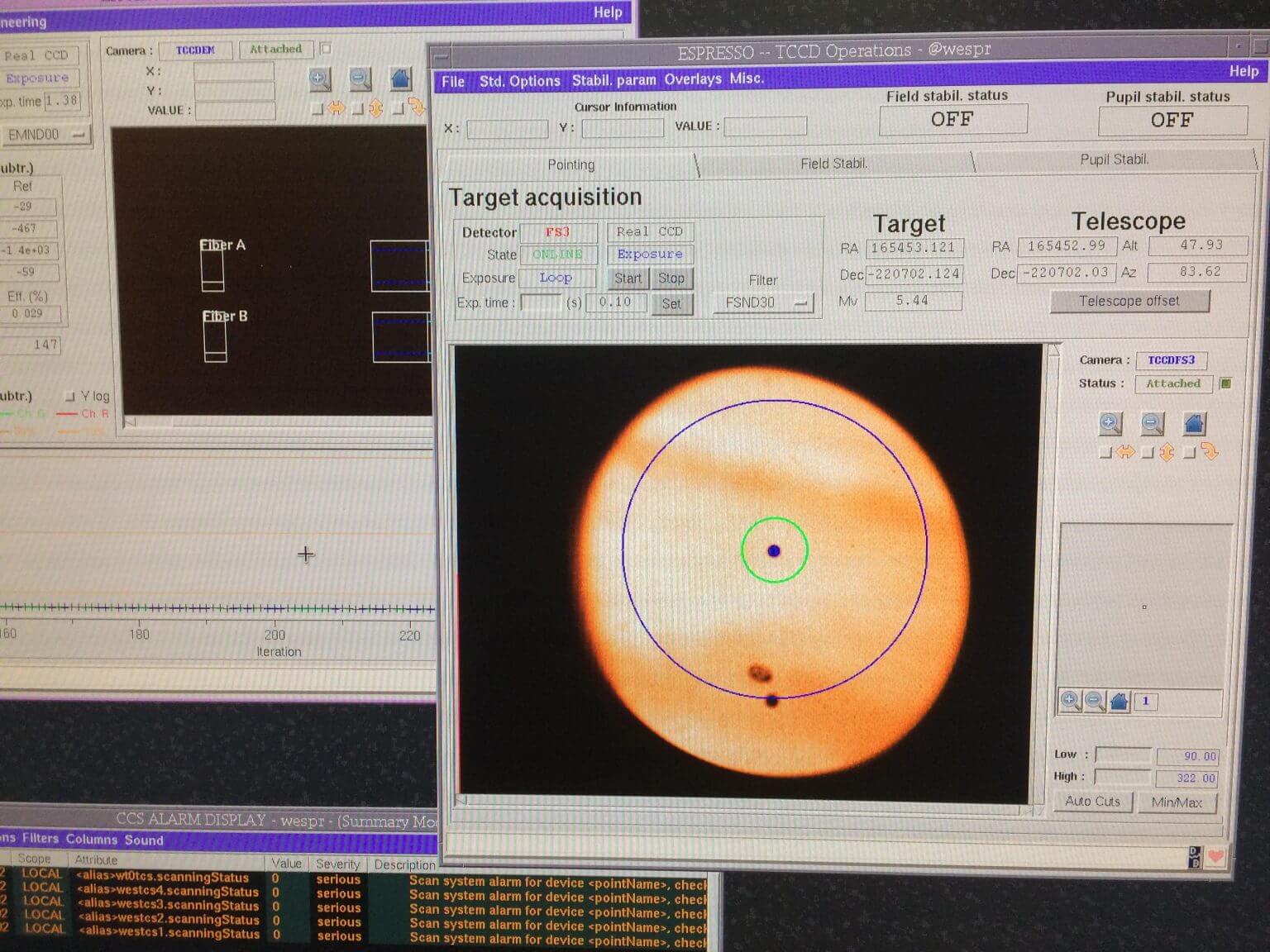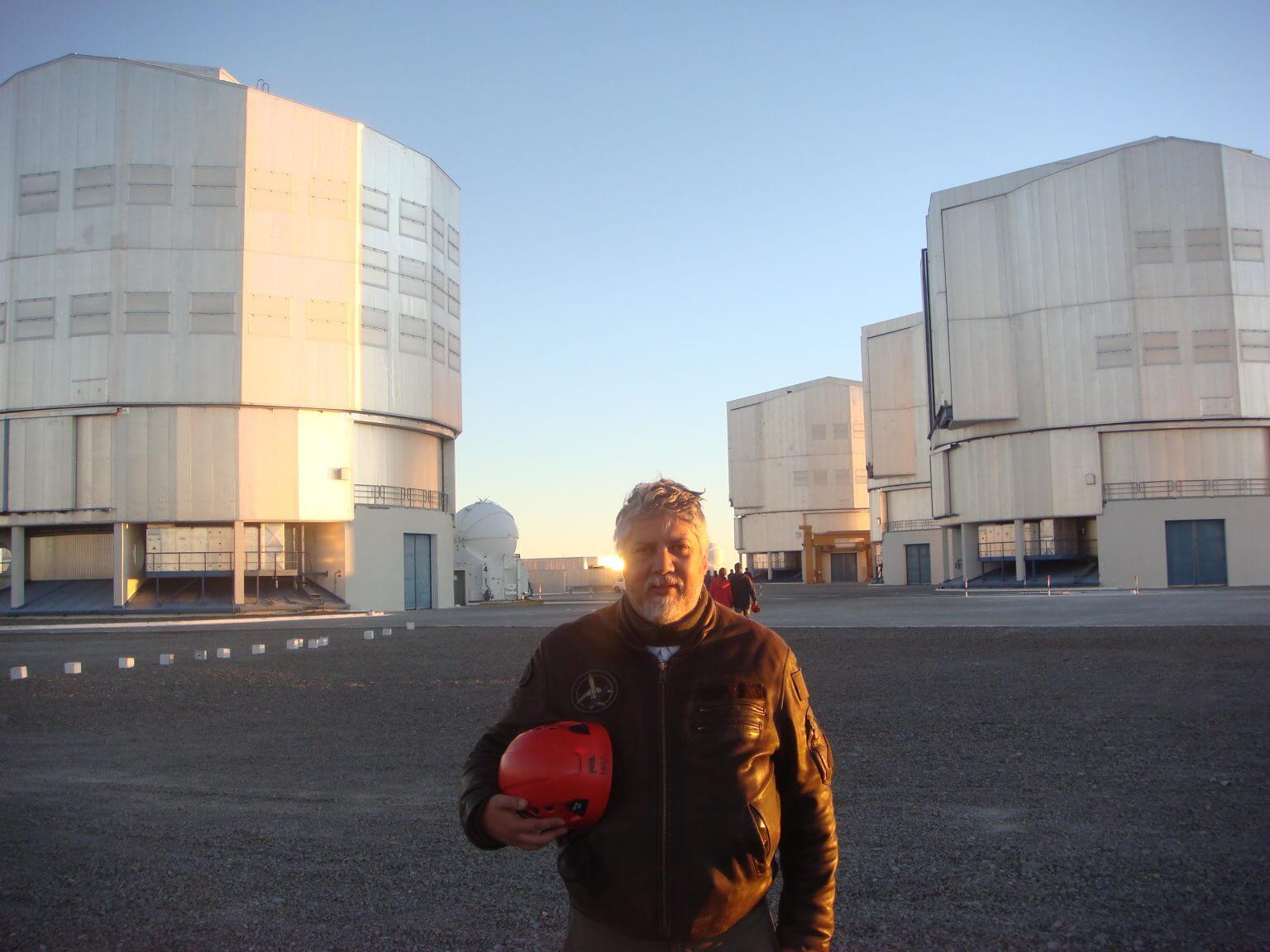For the first time, NASA activated a tool designed to discover planets many light years away on an object in the solar system, in a study of the winds of Jupiter

For the first time, a tool designed to discover planets many light-years away was operated on an object in the solar system, in a study of the winds of Jupiter.
We find ourselves at a time when it has become almost routine to discover planets orbiting another star, more than 5,000 have already been recorded. The first distant worlds included in this list were mostly giant planets, similar to Jupiter and Saturn but also very different from them in many ways.
Astrophysicists have already begun to obtain data on the atmospheres of extrasolar planets, but fundamental questions about the atmosphere of the largest planet in the Solar System remain unanswered. To understand what is happening in the cloud layers and the air of Jupiter, it needs to be studied over time, with continuous observations. Now, for the first time, an instrument developed to find and analyze worlds light years away, extrasolar planets, has aimed at a target in the solar system, 43 light minutes from Earth: the planet Jupiter.

Researchers from the Institute of Astrophysics and Space Sciences (IA) at the Faculty of Sciences of the University of Lisbon (Portugal) (Ciências Ulisboa) used the Espresso Spectrograph mounted on the telescope the very big (VLT) of the European Southern Observatory (ESO) to measure wind speeds on Jupiter.
The method the team developed is called Doppler velocity measurement and is based on the reflection of visible light from the Sun by clouds in the target star's atmosphere. This reflected light changes in wavelength depending on the speed at which the clouds move relative to the telescope on the ground. This gives the instantaneous wind speed at the observed point.

The method now used with Espresso was developed by the Planetary Systems Research Group at the IA, with other spectrographers, to study the atmosphere of Venus. The researchers measured the winds of the neighboring planet and contributed to the creation of the model of its general atmosphere for several years.
Now, the exploratory use of this method with a "most sophisticated" device like espresso has yielded success that opens new horizons for knowledge about our cosmic neighborhood. This study confirms the feasibility of systematically tracking the most distant atmospheres of gaseous planets.
For five hours in July 2019, the team aimed the VLT telescope at Jupiter's equatorial region, where bright clouds are found at higher altitudes, and at the planet's northern and southern equatorial belts, where there is descending air and streaks of darker, warmer clouds in a deeper layer of the atmosphere. .
"The atmosphere of Jupiter, at the level of the clouds visible from Earth, contains ammonia, ammonium hydrosulfide and water, which create the obvious red and white belts," says Pedro Machado. "The upper clouds, which are in the pressure zone of 0.6 to 0.9 bar, are made of ammonia ice. Water clouds form the lowest and thickest layer, and their effect on the dynamics of the atmosphere is the strongest."
Using Espresso, the team was able to correctly measure winds of 60 to 428 km/h with an uncertainty of less than 36 km/h. These observations, carried out using a high-resolution instrument for a gaseous planet, are challenging: "One of the difficulties was to "navigate" across the disk of Jupiter, that is, to know exactly where on the disk we are aiming, because of the enormous resolution of the VLT," says Machado.
More of the topic in Hayadan:
- The Juno spacecraft encounters giant swirling waves at the edge of Jupiter's magnetosphere
- Fast and furious: Jupiter's secret jet stream accelerates up to 500 km/h
- "Technological improvement in the field of spectroscopy made possible the wave of discoveries of planets outside the solar system"
- Justice - summary of findings - part three: rain, lightning and cyclones
- El Niño is coming back in a big way. The World Health Organization fears disruptions in the food supply

One response
Come on, it's not a real photo, stop the bullshit